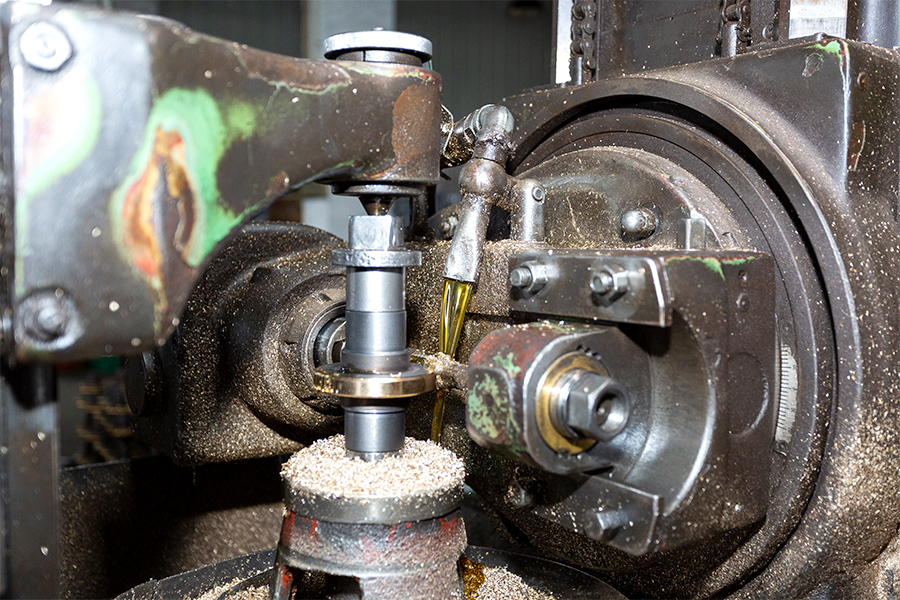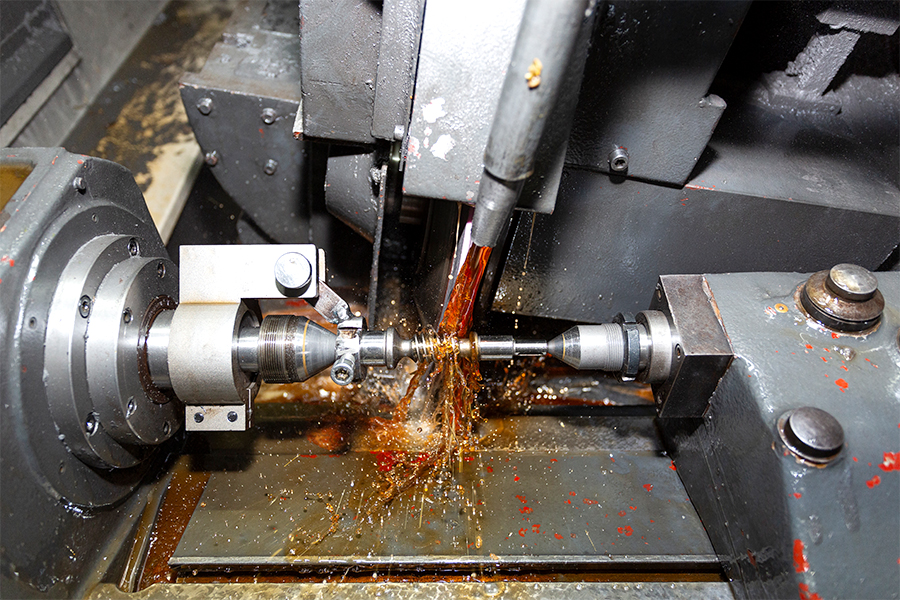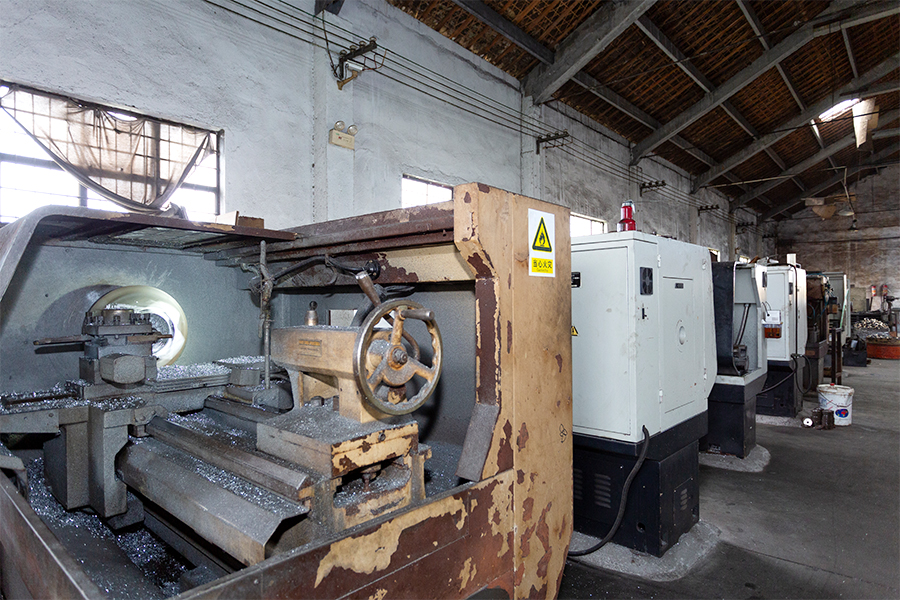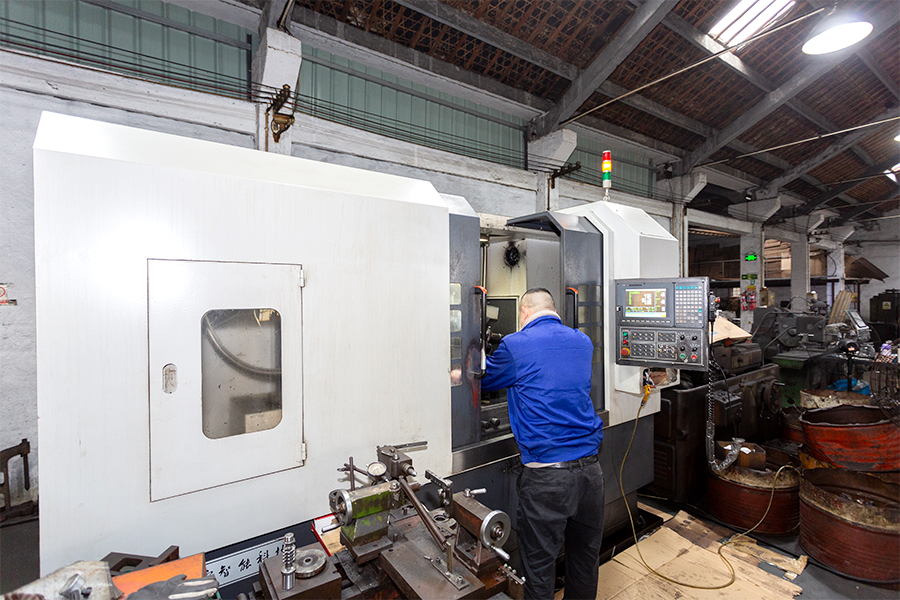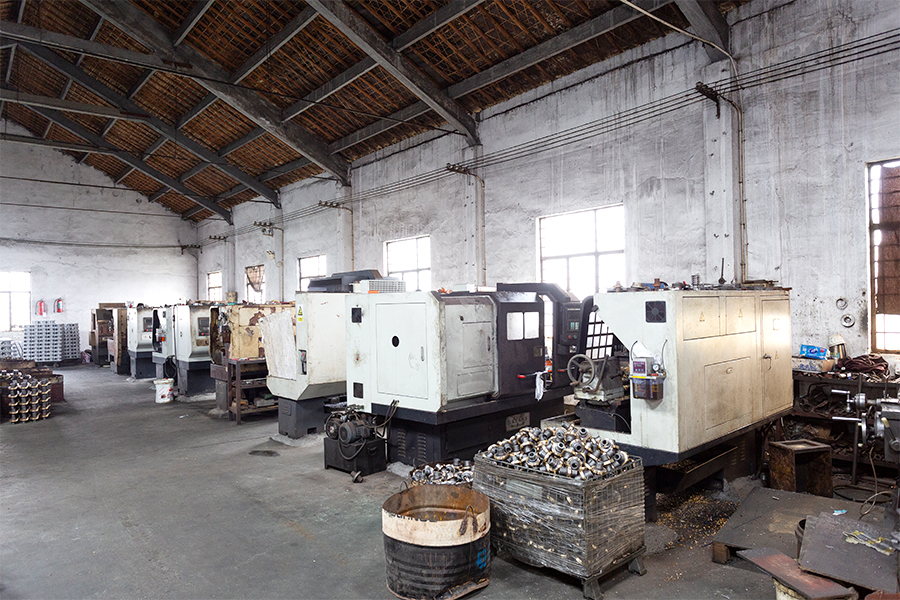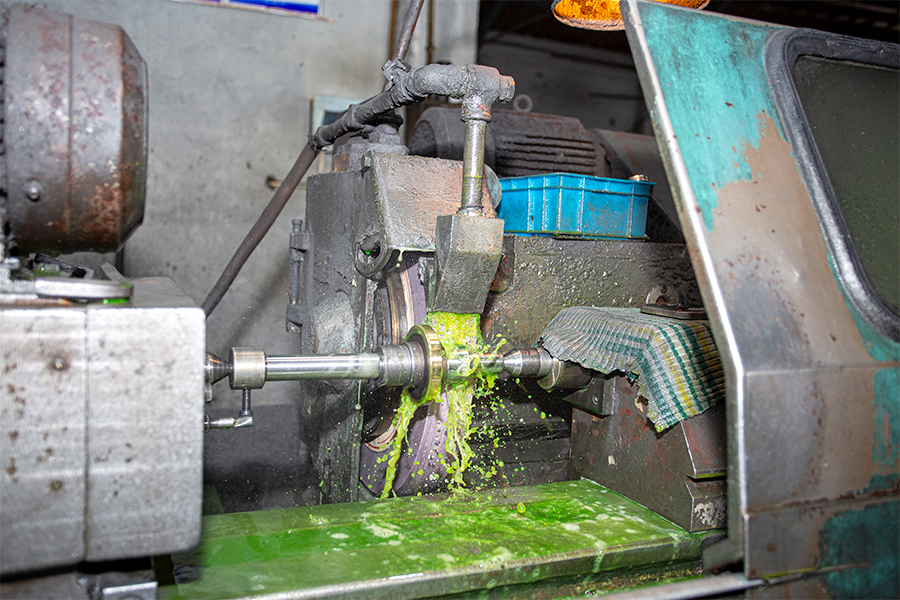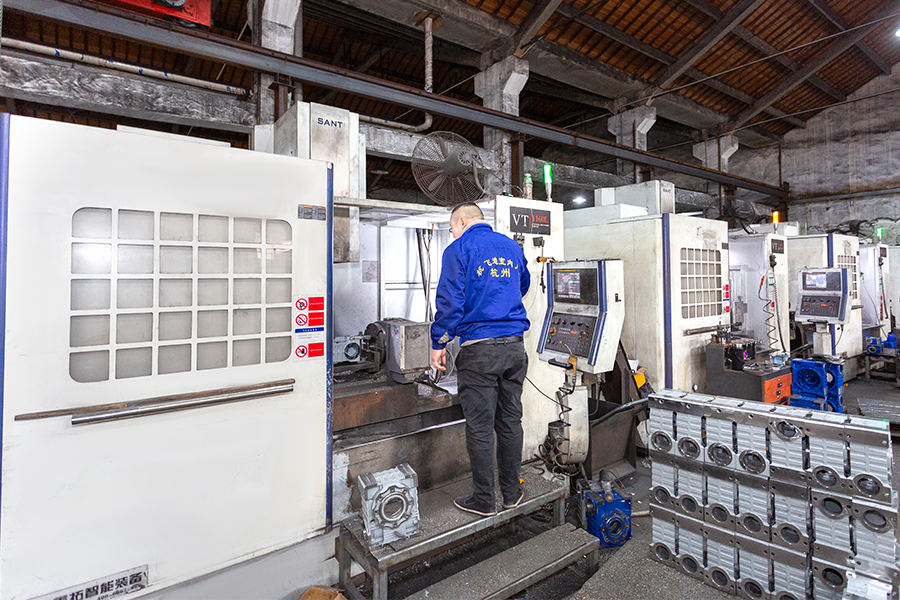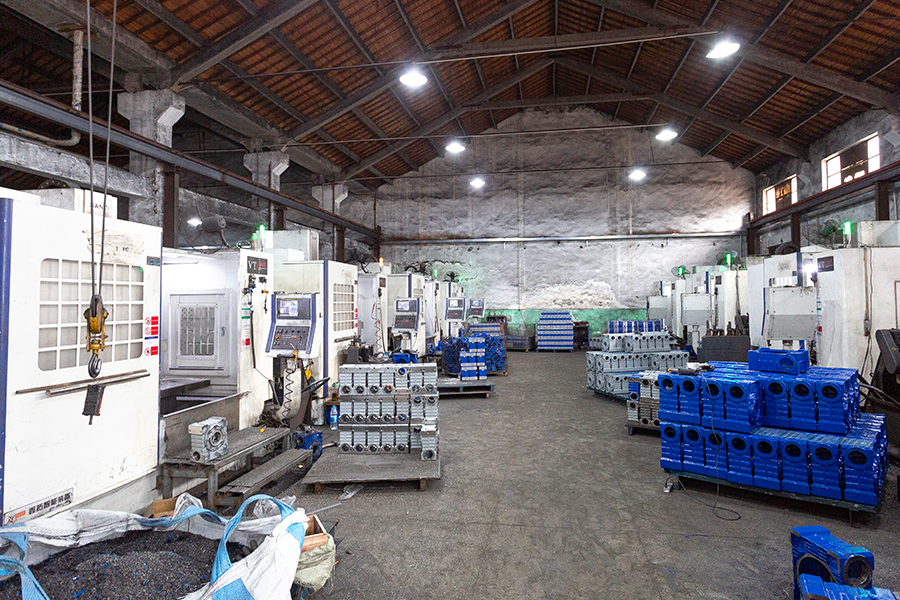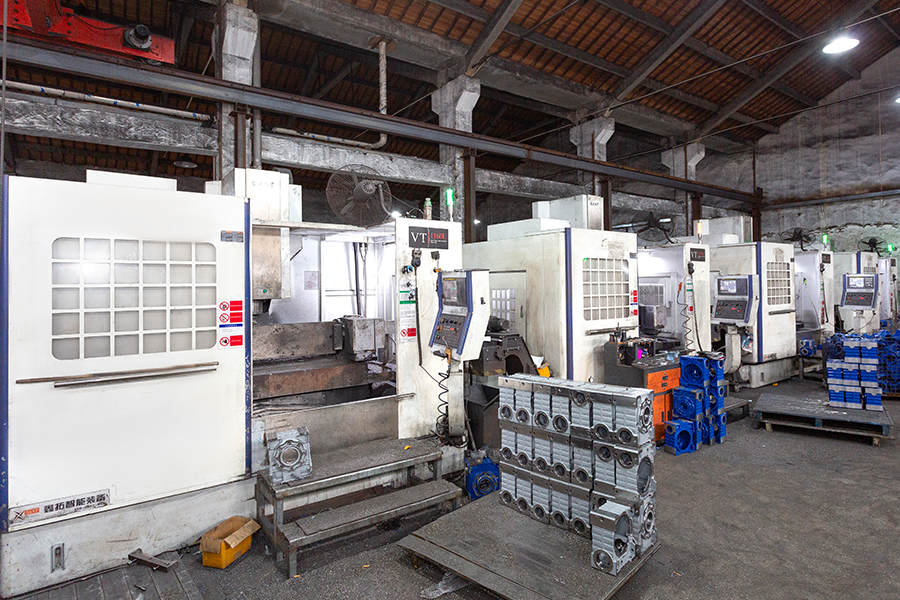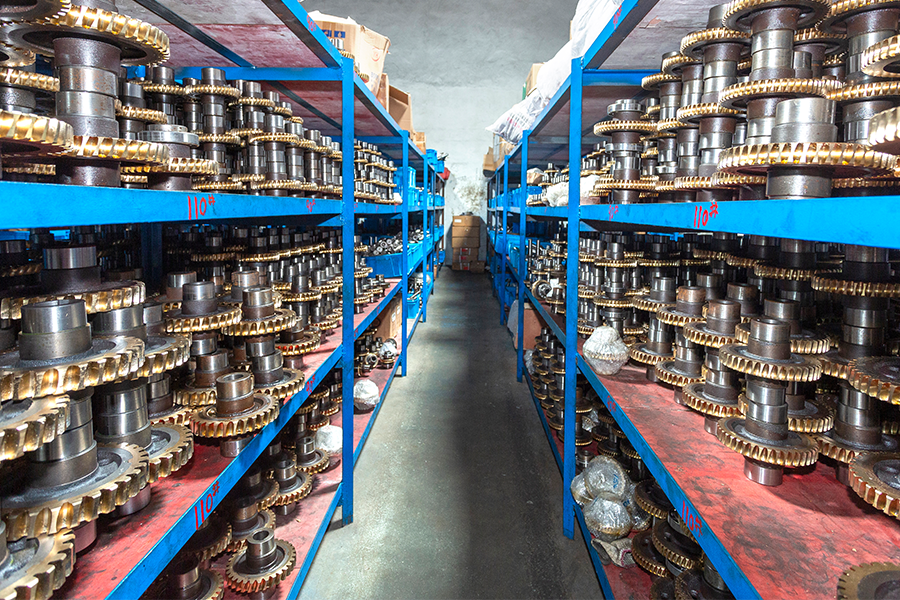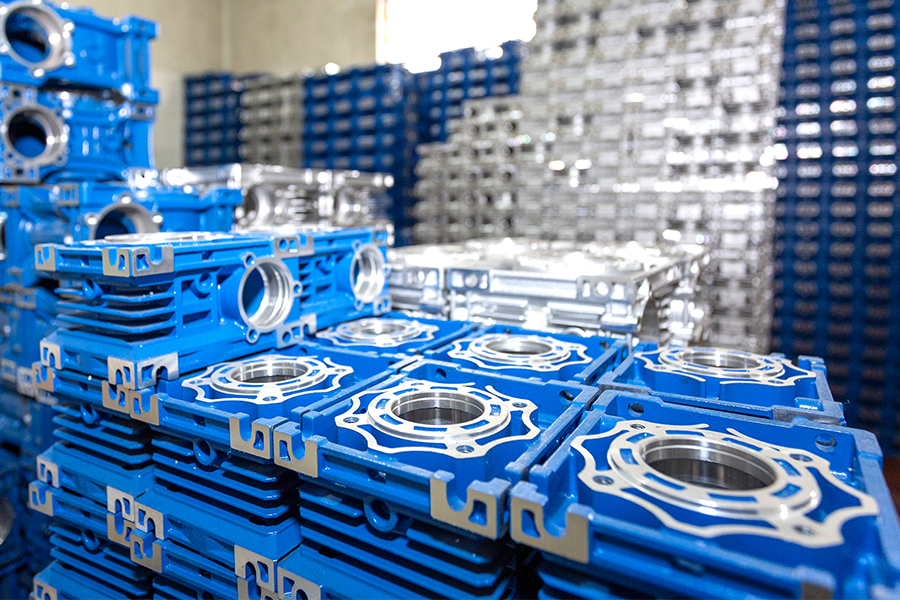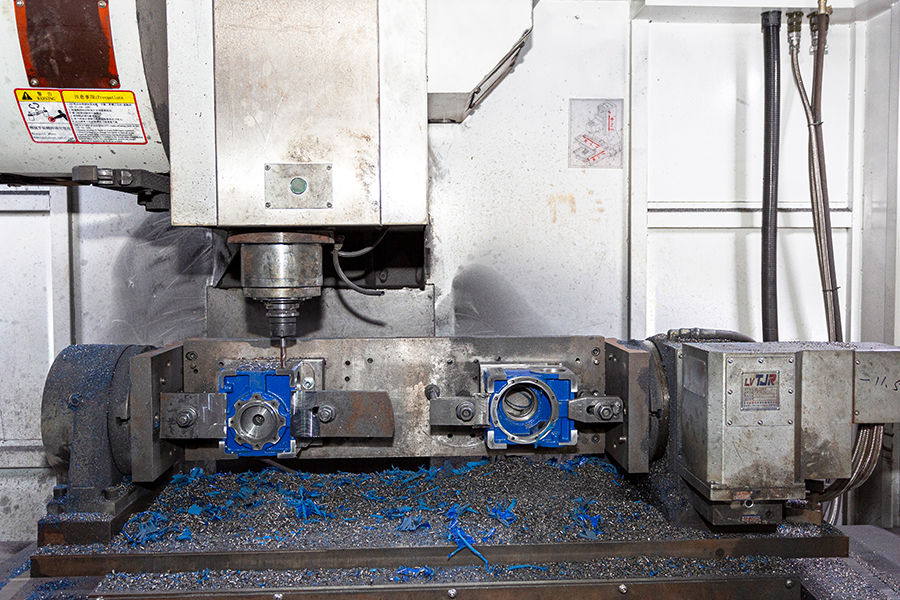-
 [email protected]
[email protected]
-
 +86-13605711675
+86-13605711675

| Parameter | NMRV-F1 Series | NMRV-F2 Series |
| Flange Size | Smaller (e.g. 50-90mm) | Larger (e.g. 110-150mm) |
| Output torque range | 5150 Nm | 100500 Nm |
| Motor power | 0.063 kW | 1.515 kW |
| Reduction ratio range | Single stage 5:1100:1, double stage up to 2500:1 | Same as left |
| Weight | Lightweight (aluminium casing has significant advantages) | Heavier (reinforced structure to carry higher loads) |
| Mounting method | Focus on compact flange mounting | Supports flange + foot combination mounting |
With its lightweight design, silent operation and high cost-effectiveness, the NMRV-F1 series has become an ideal transmission solution for small automation equipment, precision instruments and commercial terminals. When selecting, it is necessary to focus on evaluating load characteristics and environmental adaptability, and if necessary, meet the needs of subdivided scenarios through customized configurations (such as precision backlash, special lubrication). For working conditions that require higher torque or continuous heavy loads, it is recommended to upgrade to the NMRV-F2 series or compound reducers to enhance load capacity and durability, focusing on continuous heavy loads and complex environment applications. When selecting, it is necessary to comprehensively evaluate the torque peak, installation freedom and environmental tolerance.
1. NMRV-F1 series (light load precision scene)
Small automation equipment
Electronic assembly line: used for PCB board transmission and positioning, placement machine feeding mechanism, relying on low noise (≤55dB) characteristics to adapt to clean workshops.
3C product processing: mobile phone case polishing machine, camera module rotation table, small volume (flange 50mm) embedded in the equipment.
Medical equipment
Diagnostic instrument: biochemical analyzer sample plate rotation, CT bed horizontal movement, relying on high precision (backlash ≤10 arcmin model) and self-locking anti-reversal.
Surgical robot: micro joint drive, lightweight (aluminum alloy box) to reduce the inertia of the robot arm.
Commercial equipment
Vending machine: cargo channel push mechanism, lifting platform, adapted to 0.18kW low-power motor.
Catering machinery: coffee machine grinding components, ice cream machine stirring shaft, resistant to frequent start and stop (IP55 protection and moisture resistance).
2. NMRV-F2 series (medium and high load industrial scenarios
Logistics and warehousing system
Heavy-duty conveyor line: roller drive (torque 300Nm+), to cope with the impact load of package sorting (F2 box enhanced heat dissipation design).
Stacker lifting: with 1.5~7.5kW motor, to meet the lifting speed of 5~10m/min and self-locking safety requirements.
Environmental protection and energy equipment
Sewage mixer: low speed and high torque (speed ratio 80:1) drive blade, corrosion-resistant design (surface anodizing + sealing).
Solar tracker: dual-axis adjustment mechanism (F2 dual output shaft configuration), adapt to outdoor temperature difference (-30℃~+90℃ grease).
Engineering machinery auxiliary system
Concrete mixer: discharge door opening and closing control (F2 flange + foot installation anti-vibration).
Small crane: winch low speed lifting (500Nm torque + self-locking anti-slip).
Special equipment
Stage machinery: LED screen lifting, rotating stage drive, high reliability (4000 hours maintenance-free lubrication).
Agricultural machinery: Intelligent irrigation nozzle angle adjustment, IP65 protection (dustproof and splashproof)
With its lightweight design, silent operation and high cost-effectiveness, the NMRV-F1 series has become an ideal transmission solution for small automation equipment, precision instruments and commercial terminals. When selecting, it is necessary to focus on evaluating load characteristics and environmental adaptability, and if necessary, meet the needs of subdivided scenarios through customized configurations (such as precision backlash, special lubrication). For working conditions that require higher torque or continuous heavy loads, it is recommended to upgrade to the NMRV-F2 series or compound reducers to enhance load capacity and durability, focusing on continuous heavy loads and complex environment applications. When selecting, it is necessary to comprehensively evaluate the torque peak, installation freedom and environmental tolerance.
I. Core structure and design features
1. Case material and process
High-strength aluminum alloy: die-casting, more than 40% lighter than cast iron case, anodized surface (optional spraying), improved corrosion resistance (adaptable to humid, weak acid/alkaline environment).
Compact flange design: standard flange size 50mm-90mm (such as NMRV050-F1 to NMRV090-F1), suitable for micro to medium-sized motors (such as 0.06~3kW).
2. Worm gear pair optimization
Worm: 20CrMnTi alloy steel, carburized and quenched (hardness HRC58-62) + precision grinding, tooth surface roughness Ra≤0.8μm, to ensure smooth transmission.
Worm gear: ZCuSn10Pb1 tin bronze or high-strength POM (polyoxymethylene) composite material, with a friction coefficient as low as 0.08-0.12, extending the service life (copper worm gear life ≥10,000 hours, POM worm gear ≥6,000 hours).
3. Modular interface
Input side: Supports IEC standard flange (B5/B14), NEMA flange (56/60) and keyway direct connection, compatible with servo motors, stepper motors, and three-phase asynchronous motors.
Output side: Provides solid shaft (keyway/smooth shaft), hollow shaft (optional expansion sleeve or locking disk), supports multi-angle installation (flange surface, foot or hanging).
4. Sealing and protection
Double lip skeleton oil seal + labyrinth seal structure, protection level IP55 (standard) or IP65 (customized), dustproof and waterproof, suitable for clean environments such as food and medical. - Silent design: Optimized worm gear meshing line shape, operating noise ≤55dB (A), meeting indoor equipment noise standards.
For exclusive deals and latest offers, sign up by entering your email address below.
Introduction In the field of mechanical engineering, worm gear speed reducers are essential components in many applications, ranging from industrial machinery to automotive systems. These devices provide efficient transmission of power while reducing the speed of rotating compone...
View MoreIntroduction Precision, stability, and controllability are becoming essential indicators in modern lifting and positioning systems. As industries move toward smarter and more efficient workflows, vertical motion control devices play an increasingly important role in manufacturing...
View MoreIn modern industrial applications, efficient and reliable power transmission is crucial for operational success. Worm gearboxes have become a staple component in many types of machinery due to their unique design and operational advantages. These compact devices are widely used a...
View MoreIn the field of industrial automation, worm gear reducers are core transmission components. The temperature rise control during load operation is directly related to the stability, life and safety of the equipment. Hangzhou Yinhang Reduction Gears Co., Ltd specializes in producing NMRV-F1/F2 series worm gear speed reducers. In response to the heat dissipation requirements of different load scenarios, a complete temperature rise control system has been built from multiple dimensions such as material selection, structural design, lubrication system and manufacturing process.
1. Temperature rise control technology of NMRV-F1 series (light load precision scenario)
(I) Collaborative design of lightweight materials and heat dissipation structure
The NMRV-F1 series is aimed at light load scenarios such as small automation equipment and electronic assembly lines. Its temperature rise control first relies on the heat dissipation characteristics of the material. Aluminum alloy is used as the housing material. This material is not only light (40% lighter than cast iron), but also has excellent thermal conductivity - the thermal conductivity of aluminum alloy is about 3 times that of cast iron, which can quickly export internal heat to the outside environment. Taking the PCB board transmission reducer used in the electronic assembly line as an example, the surface of the housing is designed with fine heat dissipation ribs. By increasing the heat dissipation area (25% higher than the smooth surface), combined with the high thermal conductivity of aluminum alloy, the temperature rise is controlled within 40℃ while running at a low noise of 55dB.
In terms of structural design, the F1 series adopts a "thin wall + hollow" housing structure, and the contact area between the internal transmission cavity and the outside air is larger. For example, in the application of mobile phone case polishing machine for 3C product processing, the reducer with a flange diameter of 50mm reduces the friction heat generation of internal parts by optimizing the support structure of the worm shaft. At the same time, the hollow output shaft design allows a small amount of airflow to pass through, forming a passive heat dissipation channel to ensure that the meshing temperature of the worm and the worm wheel does not exceed 70℃ under continuous rotation conditions.
(II) Low friction transmission and precision lubrication system
For high-precision requirements under light load scenarios (such as the backlash ≤10arcmin model of medical diagnostic instruments), the F1 series controls temperature rise by reducing transmission friction. The worm is made of alloy steel, the surface is carburized and quenched (hardness HRC58-62), and it is matched with a tin bronze worm wheel. The friction coefficient of this material combination is 30% lower than that of ordinary carbon steel. In the sample plate rotation mechanism of the biochemical analyzer, the temperature rise of this friction pair is only 25℃ after continuous operation for 8 hours under a low power drive of 0.18kW.
In terms of lubrication system, the F1 series is equipped with lithium-based grease (NLGI grade 2) as standard, and its dropping point temperature reaches 180°C. It can still maintain stable oil film strength in frequent start-stop scenarios such as the push mechanism of the vending machine. The specially designed "oil pool + oil slinger" lubrication structure drives the lubricating oil to splash onto the meshing surface of the worm gear through the rotation of the worm, avoiding the heating problem of stirring oil in traditional oil immersion lubrication. In the application of coffee machine grinding parts in catering machinery, this lubrication method keeps the temperature rise rate of the reducer within 0.5°C/min under the condition of 30 starts and stops per minute.
(III) Environmental adaptability and heat dissipation optimization
For scenarios with high cleanliness requirements such as medical equipment and commercial equipment, the F1 series adopts an IP55 protection level design. The sealing structure prevents dust intrusion while avoiding the obstruction of heat dissipation by external pollutants. The reducer used in the micro-joint drive of the surgical robot has an aluminum alloy housing that is anodized to form a 0.02mm thick oxide film, which not only improves corrosion resistance, but also enhances the surface radiation heat dissipation capacity (emissivity increased to 0.85).
In temperature-sensitive medical diagnostic instruments, the F1 series can also be equipped with a thermistor thermostat. When the internal temperature exceeds 65°C, the thermostat will send an early warning signal to the equipment main control system, and control the temperature rise within the safety threshold by reducing the operating speed or starting an external auxiliary cooling fan (such as the forced air cooling module of the horizontal movement mechanism of the CT bed).
2. Enhanced heat dissipation solution for the NMRV-F2 series (medium and high load industrial scenarios)
(I) Structural reinforcement and active heat dissipation system
In the face of medium and high load scenarios such as logistics warehousing, environmental protection energy, etc. (such as heavy-load conveyor lines with torque of 300Nm +), the temperature rise control of the F2 series requires a more radical technical solution. Hangzhou Yinhang Reduction Gears Co., Ltd has enhanced the design of the box: the thickness of the heat dissipation ribs is increased to 5mm, and the height is increased to 25mm, forming a "honeycomb" heat dissipation grid, which is 40% larger than the heat dissipation area of the F1 series. In the stacker lifting mechanism, the F2 reducer driven by a 1.5kW motor uses this structure to stabilize the temperature rise at 55℃ for 12 hours of continuous operation at a lifting speed of 5m/min.
In response to the large amount of heat generated by high loads, the F2 series can be equipped with an optional forced air cooling system - a low-noise heat dissipation fan (air volume 120m³/h) is installed on the side of the box, and the heat dissipation ribs are blown by directional airflow to increase the heat dissipation efficiency by 30%. The 80:1 speed ratio reducer used in the sewage mixer can control the worm gear meshing temperature within 80℃ in an outdoor environment of 35℃ with the fan. For extreme high temperature scenarios (such as the -30℃~+90℃ temperature difference environment of solar trackers), the F2 series adopts a dual output shaft configuration, one of which can be connected to an external oil cooler to dissipate heat through lubricating oil circulation to ensure that the internal oil temperature does not exceed 110℃ at an ambient temperature of 90℃.
(II) High-load friction pair and long-term lubrication technology
The worm material of the F2 series is upgraded to 20CrMnTi carburized alloy steel, and the worm wheel uses high-strength aluminum bronze (ZCuAl10Fe3). This material combination has an allowable contact stress of 450MPa at a torque of 300Nm, which is 50% higher than the F1 series, and the friction heat generation is reduced by 20%. In the concrete mixer discharge door drive, the temperature rise rate of this friction pair under frequent forward and reverse working conditions is only 0.8℃/min.
The lubrication system is one of the core technologies of the F2 series to cope with medium and high loads. It adopts the "pressure lubrication + oil level balance" design: the gear pump draws oil from the oil pool and delivers it to the worm bearing and worm gear meshing area through the oil pipe to form a forced lubrication film. In the heavy-duty conveyor line application of logistics warehousing, this lubrication method stabilizes the lubricating oil temperature of the reducer at around 75°C under continuous impact load. In addition, the F2 series is equipped with an oil level observation window and a temperature sensor as standard. When the oil is insufficient or the temperature exceeds 70°C, the oil replenishment device or alarm system is automatically started to avoid abnormal temperature rise caused by poor lubrication.
(III) Industrial environment adaptability design
For harsh working conditions such as construction machinery and agricultural machinery, the heat dissipation solution of the F2 series incorporates more environmental protection elements. For example, the 500Nm torque reducer used in the small crane winch has an anti-vibration rubber pad added to the bottom of the box to reduce the damage of vibration to the heat dissipation ribs. At the same time, the heat dissipation ribs are inclined (15° with the vertical plane) to prevent dust and debris from accumulating and affecting the heat dissipation efficiency.
In scenes that require long-term maintenance-free operation, such as stage machinery and agricultural irrigation, the F2 series uses long-lasting grease (silicone-based grease with a service life of 4,000 hours) and optimizes the oil seal structure (double-lip skeleton oil seal) to reduce lubricant volatilization and external pollutant intrusion. This design allows the dual-axis adjustment reducer of the solar tracker to maintain internal oil temperature within the range of ambient temperature + 40°C after 3 years of outdoor operation.
3. Systematic temperature rise control guarantee
As a reducer manufacturer with more than 15 years of experience, Hangzhou Yinhang Reduction Gears Co., Ltd provides solid support for the temperature rise control of the NMRV-F1/F2 series from research and development to production. The company's test laboratory is equipped with a high-precision temperature rise test bench that can simulate ambient temperatures of - 30°C~+120°C and conduct a continuous 72-hour load temperature rise test on the reducer to ensure that the product meets the heat dissipation requirements of different scenarios before leaving the factory.
In terms of quality control, the production system is ISO9001 certified, and each link has a temperature monitoring point, from aluminum alloy smelting (controlling iron content ≤ 0.3% to ensure thermal conductivity) to worm grinding (surface roughness Ra ≤ 0.8μm to reduce friction heat). For example, during the die-casting process of the box, the mold temperature needs to be maintained at 220℃~250℃ to ensure that the aluminum alloy is densely crystallized and to avoid pores that affect heat dissipation performance.
